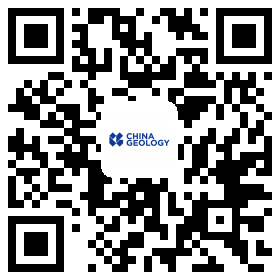column
2019, 2(2): 121-132.
DOI: 10.31035/cg2018081
2019, 2(2): 179-188.
DOI: 10.31035/cg2018071
2019, 2(2): 189-197.
DOI: 10.31035/cg2018057
2019, 2(2): 198-210.
DOI: 10.31035/cg2018097
2019, 2(2): 211-217.
DOI: 10.31035/cg2018096
2019, 2(2): 218-226.
DOI: 10.31035/cg2018103
2019, 2(2): 227-237.
DOI: 10.31035/cg2018087
2019, 2(2): 248-250.
DOI: 10.31035/cg2018101
2019, 2(2): 251-253.
DOI: 10.31035/cg2018100
2019, 2(2): 254-256.
DOI: 10.31035/cg2018098
2019, 2(2): 257-258.
DOI: 10.31035/cg2018105










